To answer your first question regarding the polygon usage. It depends on the amount of current flowing in the signal. It is generally advisable to use polygon if lot of pins/pads are connected on same net, as the area is fairly larger and more current can pass without heating(?). Veterans and experienced users can throw more light in this perspective.
Now the question regarding how to manage polygons. The answer is strictly limited to Altium Designer.
To define a polygon; you can open the Polygon Manager(Option Available in Tools) and create a polygon and connect it to a net.
When you create a polygon; it will ask you to draw a shape; you have to enclose the targeted area. This will create the polygon.
For a graphical representation of what i just said : LINK
Skip to Polygon Pour section.
Now to polygon clearance; this is tricky in Altium as the Design Rules are overwhelming for beginners (like me)
For starters : Look at this answer by connorwolf :LINK
This is the exact problem i faced when designing boards in altium and it took my some time to figure it out.(I got it through altium documentation though)
Another Link from University of Florida explaining Polygon Rules in Altium : Link
I hope this answers your question.
